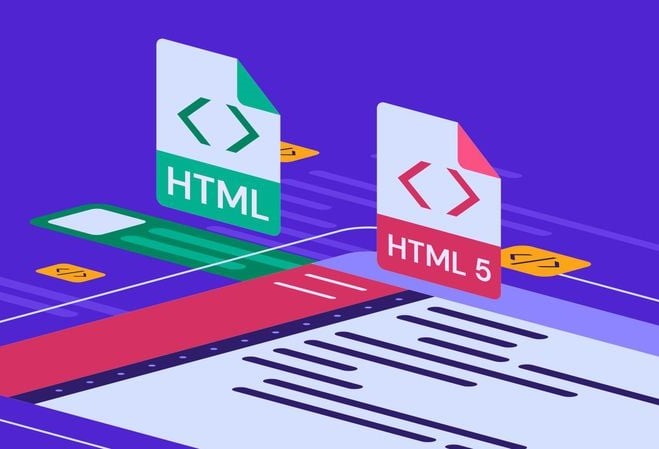
About Course
This course provides a comprehensive introduction to HTML (HyperText Markup Language), the foundational language for creating web pages and web applications. Students will learn the basic structure of HTML, how to use HTML tags, and how to create and style web content.
Course Objectives:
- Understand the fundamentals of HTML.
- Learn to create and structure web pages using HTML.
- Gain proficiency in using common HTML tags and attributes.
- Develop skills to create links, tables, forms, and multimedia elements.
- Understand the basics of web standards and best practices.
Course Content
HTML Tutorial
- 00:00
- 00:00
- 00:00
- 00:00
- 00:00
- 00:00
- 00:00
- 00:00
- 00:00
- 00:00
- 00:00
- 00:00
- 00:00
- 00:00
- 00:00
- 00:00
- 00:00
- 00:00
- 00:00
- 00:00
- 00:00
- 00:00
- 00:00
- 00:00
- 00:00
- 00:00
- 00:00
- 00:00
- 00:00
- 00:00
- 00:00
- 00:00
- 00:00
- 00:00
- 00:00
Student Ratings & Reviews

No Review Yet
